Last night, my friend T, who is in US now, called me to wish for the New Year. Every time she calls, we relive our childhood memories. Having lived in the same neighborhood and studied in the same school and college, we could talk about the good olden days for hours together. Even if we speak after a long gap of time, if we speak, its like starting from where we left last. T was more happy to tell me that her friend referred her my blog, without knowing about our friendship. She was thrilled to hear the praises heaped on me by her friend. T wanted to share that joy with me. Needless to say, she made my day. That's a big boost for me as a blogger. And also the fact that my blog helps many silent readers is indeed a thing of joy. Now coming to the post, during our telecon, T wanted me to share a cake recipe. So that comes as the last post of the year. This post is dedicated to our friendship and the virtual cake is for T and her family for the New Year.

Kajal's Chocomilk cake is in my to-be-tried list, ever since I saw it on her blog. I followed Kajal's recipe with slight modifications.
Ingredients
All purpose flour/Maida - 1 cup
Powdered sugar - 1 cup
Milk - 1 cup
Ghee - 3/4 cup
Baking powder - 1 tblspn
Cocoa powder - 1 tblspn
Vanilla essence - 1 tspn
Next time, I might try substituting 1/2 cup oil + 1/4 ghee.
Method
Beat powdered sugar and ghee for 10 minutes. Stir in milk and maida alternatively with out forming lumps.Add vanilla essence. Beat the mixture with a beater or hand till it is blended well. Transfer 3/4th of the batter to the greased cake tin. In the remaining batter stir in cocoa powder and mix till it is uniform. Bake it in a preheated oven at 180 C for 40 minutes.
My idea was to pour like how Kajal has done . That is forming the cocoa layer sandwiched between the plain ones. The shape of my cake tine and quantity of cocoa batter did not come along with my idea. Finally decided to make like a layered one. Go over to Kajal's to see the lovely step-by-step presentation.
I baked this cake to send as a gift for my friend. So I did not get to taste the cake. But from the tiny crumbs I got to taste, I felt it has come out well. I am yet to receive feedback from friend.

Here is Wishing all my friends a fabulous 2009 filled with more of happiness and less of worries.
 |


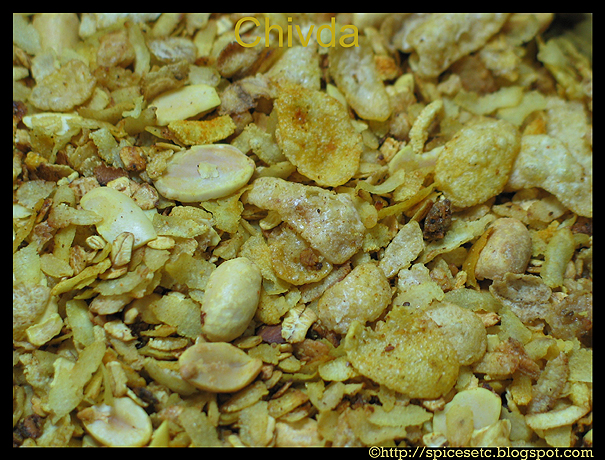





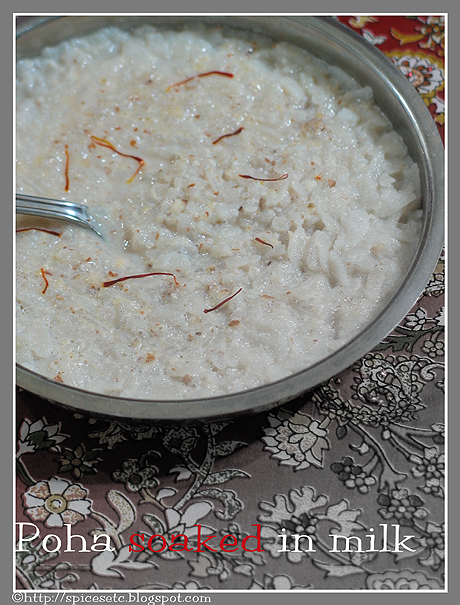
 Here is my log cake for the x'mas. I used my previous
Here is my log cake for the x'mas. I used my previous 
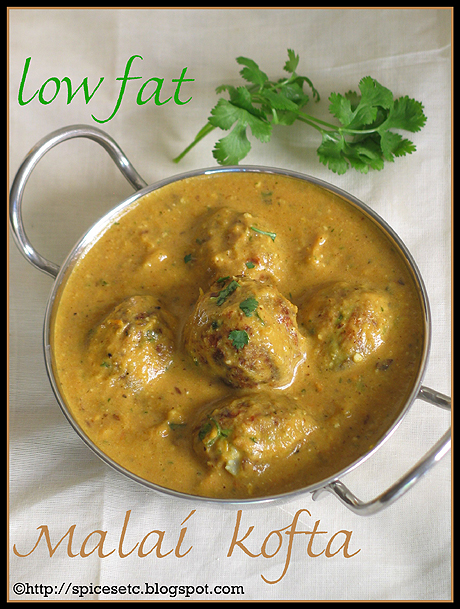
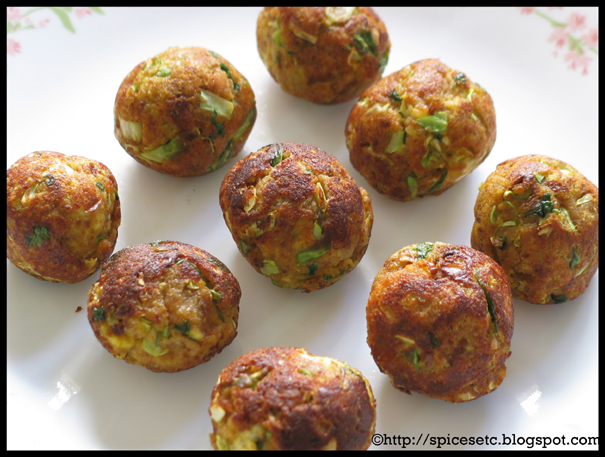

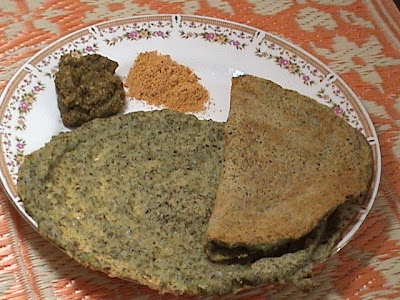 Serve this with
Serve this with 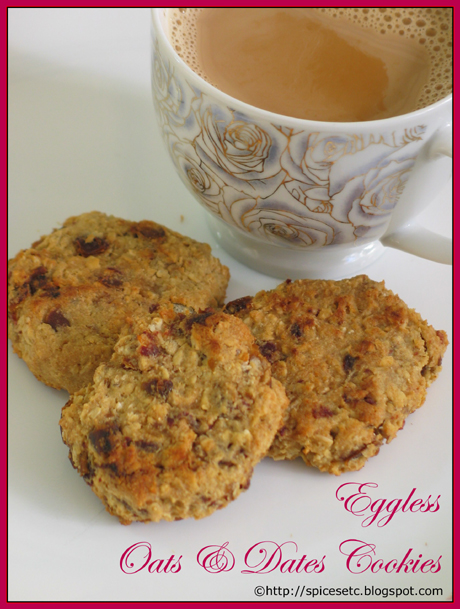

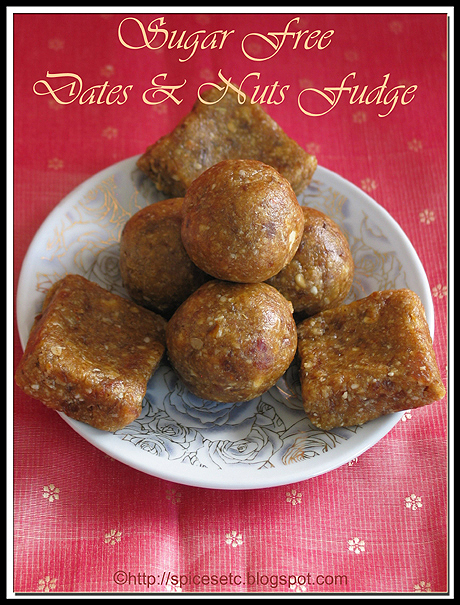






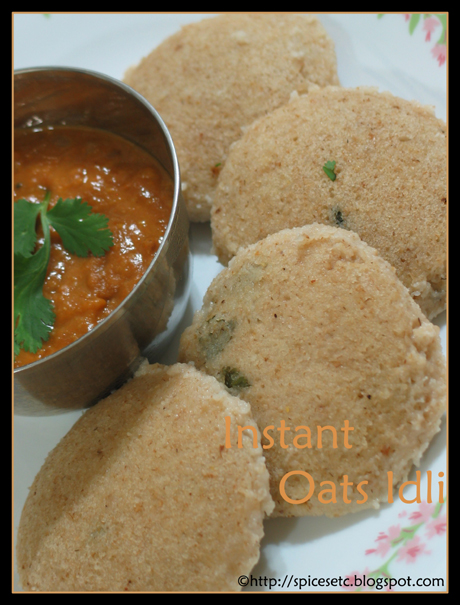
 These are the super soft yet tasty bread as it's produced by the cream, milk and butter. I know it's a bit unhealthy as its contain lots of fat in there. Well, I've promised to myself will not make this so often. I've given away a loaf for my friend and left one for our breakfast.
These are the super soft yet tasty bread as it's produced by the cream, milk and butter. I know it's a bit unhealthy as its contain lots of fat in there. Well, I've promised to myself will not make this so often. I've given away a loaf for my friend and left one for our breakfast.
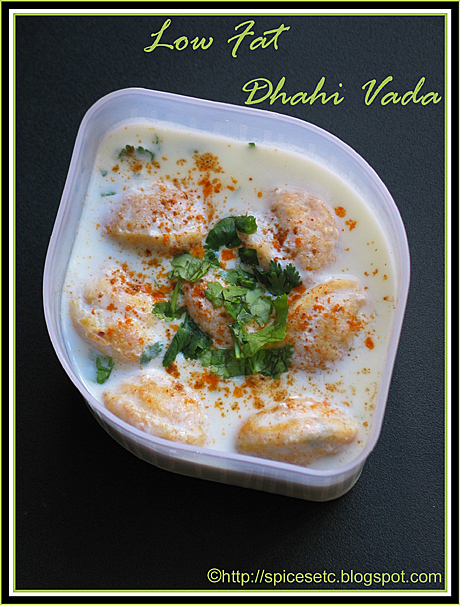



 Yelli Koondu
Yelli Koondu





